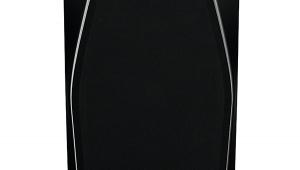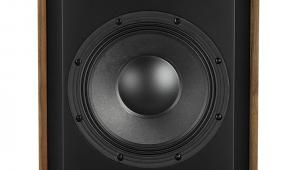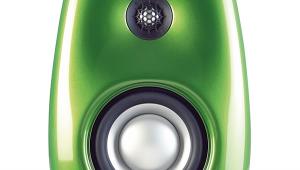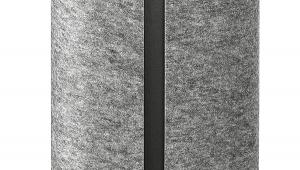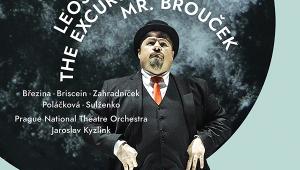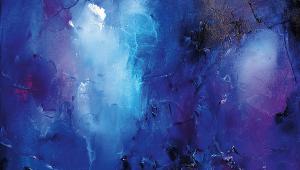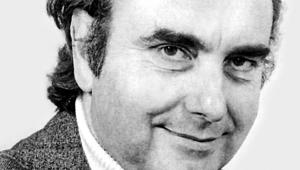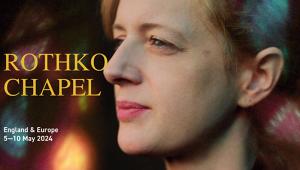Pioneer S 81 (£2500)
Tallest and slimmest of the speakers here, Pioneer’s S-81 is also one of the boldest, both aesthetically and technically. Its curvaceous cabinet looks a million dollars in the supplied black lacquer finish (it is also available in ash veneer) and the narrow front baffle incorporates no fewer than five drive units, although the coaxial 130mm midrange driver and 25mm titanium dome tweeter share the same chassis.
Pioneer has a long history of enabling and advocating high sampling rates and researching the effect of ultrasonic frequencies, and so – uniquely here – the S-81 incorporates a transformerless ribbon supertweeter with a response which is said to reach out to 100kHz. Twin 130mm woofers (effective diameter about 108mm) handle the bass in conjunction with a single forward-firing port.
Drawing on technology used in Pioneer’s renowned TAD marque, the S-81 represents a full-blooded assault by Pioneer on the European loudspeaker market. Design features include a titanium voice coil bobbin, precision machined pole piece, layered aramid/carbon fibre cone and corrugated surround in the twin bass drivers; special measures to control standing waves within the enclosed air space; a curved cabinet to improve diffraction behaviour and structural stiffness; and a novel three-point support arrangement in the base, with two additional outriggers to prevent the speaker tipping over. Pioneer describes these points as spikes but actually they are cones, and quite incapable of penetrating a carpet. So my spiked platforms – built for just this contingency – came into play here.
BIG 'N' AIRY
All that technology adds up to a sound quality that only the more costly PSB could better from this group. The S-81 projected a big, airy acoustic in the Widor piece, and while not quite as explicit as the PSB gave a compelling account of the clarinet and piano. The Davenport jazz track was open and snappily dynamic, if again a shade less insightful than the PSB.
Fine separation of instrumental strands and an essentially neutral tonal balance – less syrupy than either the B&W CM9 or Audio Physic Tempo – was again evident in the Alison Krauss recording, only a lack in leading edge definition separating this Pioneer from the PSB. The vibrant and ‘raw’ live recording of Clapton’s ‘Double Trouble’ was well rendered too, albeit a little short of the compelling clarity and dynamic freedom of the costlier speaker.
PRICE IS RIGHT
But for the PSB Synchrony One, priced a not inconsiderable £1000 more, the Pioneer S-81 would win this test outright. Take into account its price – and how much you get for it – and the S-81 clearly represents exceptional value for money, despite the recent price increase due to unfavourable exchange rates.
Originally published in the August 2009 issue












